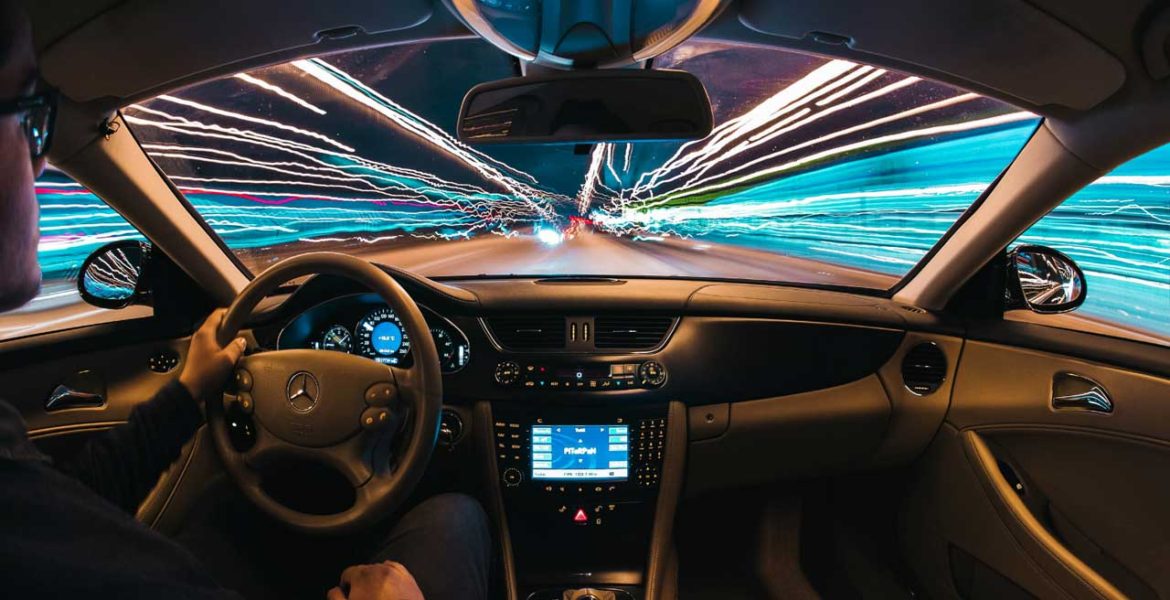There’s no sugarcoating the challenges the auto industry faces as a result of the worldwide COVID-19 pandemic. IHS Markit projects a 22% decline in global vehicle sales this year, with the U.S. market being hit the hardest. With a projected decline of almost 27% in domestic vehicle sales, American automakers could see their lowest sales volume since 2010.
With demand plummeting and dealership lots clogged with unwanted inventory (pickups seem to be the only thing selling), the industry must adapt to developments that have the potential to permanently change the way consumers shop for cars and how dealers market to them.
A big challenge is finding ways to better accommodate car buyers’ growing preference for online shopping. While the internet has become the preferred starting point for many consumers when contemplating a new car purchase, the goal of automotive marketing—digital and otherwise—has always been to drive traffic to dealerships. COVID-19 has changed that, maybe forever, and dealers must evolve in response.
Supporting infrastructure is already in place. Most major automakers have online shopping and home delivery programs, and they’re promoting them in their advertising. That’s helping to stanch some of the bleeding. GM’s “Shop. Click. Drive.” program, for example, has been around since 2013, and 85% of its dealers have enabled it. Since the start of the pandemic, the program has been experiencing two to four times the usual amount of traffic.
Some dealers are turning to video conferencing services such as Zoom as a tool to familiarize potential buyers with all the technology and other benefits their vehicles have to offer and to foster interaction with salespeople. In the same vein, Cadillac, GM’s luxury brand, has rolled out Cadillac Live, a website that offers prospective buyers a live video tour of any Cadillac vehicle.
The long-term impact of these developments could be substantial. A recent Cox Automotive survey confirms that car buyers despise how time-consuming and inconvenient the traditional process has always been. As buyers become more comfortable with online channels, dealers stand to lose much of the on-lot facetime they rely on to build relationships. The shopping experience is becoming more transactional, customer-driven and controlled by the shopper. Embracing modern marketing tools like video and data-based messaging will be crucial to dealership success in the new normal.
While dealers adapt to shifting purchasing preferences, there’s another issue they’ll need to tackle; with each week, unemployment levels continue to rise. To help dealers move more metal, OEMs are stepping up their incentive programs. While some of these are cash-back offers, most are financing incentives, so those high unemployment rates mean too many potential buyers don’t qualify for the programs. Instead, they’re faced with the option of putting even more money down or accepting higher interest rates.
Consumers are already saddled with a tremendous amount of automotive debt. As of October 2019, outstanding auto loans totaled $1.2 trillion, with new car payments averaging $554 a month and loan terms averaging 63 months. The increased popularity and higher price points of crossovers, SUVs, and pickup trucks are major factors behind the rising level of consumer automotive debt. In fact, pickups outsold sedans in April 2020, the first time that has ever happened in the U.S.
With many people facing reduced hours or unemployment, that level of automotive debt is a stumbling block. In the face of increasing average transaction prices and the recession that many economists believe is looming (or already here), OEMs must find ways to help car buyers meet these challenges. Efforts to build awareness of incentive programs must be balanced with sensitivity to the financial situation much of the car-buying public is facing. That will be critical to the success of dealers and OEMs alike.
The messaging automotive marketing delivers in this environment must reflect the current realities of the marketplace. Both dealers and OEM’s advertising focus should be ensuring they are taking the steps to help keep people safe during the pandemic. For right now, at least, it’s not all about selling more cars. Rather, it’s about building trust in the brand, especially as states begin to reopen for sales with fewer restrictions.
Advertising should focus on educating current customers and new prospects about incentives and other resources available to them. Now more than ever, people want to feel secure in the investments they’re making. Automotive advertisers should tweak their messaging to focus on reliability and safety. In an environment where people are panic-buying at the grocery store, they must be reassured as they’re shopping for a new vehicle that it’s a sound investment that will keep their family safe for years to come.
While the next few months will likely be a challenging time for dealers and OEMs, the silver lining is that it presents a great opportunity for brand building. Advertising focused on specific models may come across as too “sales-y” in the current environment, but focusing on the brand itself or the full lineup of vehicles can boost confidence and provide needed reassurance.
There is also some cause for optimism in indicators that April represented the lowest numbers for U.S. auto sales. With states opening back up, sales that originally would have closed in March and April haven’t necessarily been lost, they’ve just been postponed. Months of pent-up demand is likely to manifest itself over the summer, driving increased shopping activity and putting the industry back on the road to recovery.

